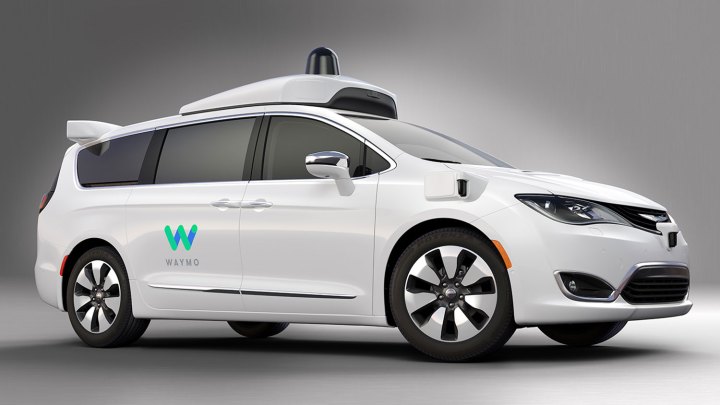
As engineers around the world continue to develop systems for self-driving cars, they’re constantly uncovering issues that need to be solved if we’re ever to live in a world where “getting behind the wheel” will no longer be a thing.
While the technology is clearly coming along fast, it’s long been recognized that the finely tuned software, obstacle-seeking cameras, and lidar sensor systems can be suddenly and unexpectedly incapacitated by what Waymo describes as a surprisingly common problem: Bird poop.
Engineers at Waymo — the mobility division created by Google parent Alphabet — recently spoke to Bloomberg for an in-depth piece about how its work is coming along. And during the interview, the issue of unwanted bird bombs came up.
You see, when a bird passing overhead decides to deposit the remnants of the previous day’s dinner onto the roof of a Waymo car beneath, the gloopy mess can occasionally score a direct hit on the dome covering the lidar kit that sits atop the car (see image above). Similar to the dramatic landing of a US Airways plane in the Hudson River back in 2009 (thanks to a different kind of bird encounter), the greasy gunk has the potential to suddenly render the vehicle useless, perhaps prompting the car’s engineer to take control and urgently message Google HQ with the words, “We’re gonna be in the parking lot.”
That’s why the folks at Waymo came up with this wonderful little system, shown in the video below. As you can see, when the car’s sensors get whiff of a sticky situation up top, little water squirters hose down the dome before a pair of wipers emerge to clean the mess away, allowing the driverless car to continue operating safely. Brilliant.
Having cleared up the poop issue, so to speak, current challenges faced by Waymo include what are known as “edge” cases. These are unpredictable scenarios that can occur suddenly and close by, such as unexpected errors made by human drivers in approaching vehicles — in other words, situations that require a super-fast response.
In other areas, Waymo recently hired a “user experience” researcher tasked with helping to build public confidence in self-driving cars, and to give the passenger an “intuitive, accessible, fun — and even magical” experience.
You can check out the whole of Bloomberg’s piece here.
Editors' Recommendations
- Waymo robotaxi attacked and set on fire in San Francisco
- Cruise autonomous vehicle drives over woman just after she was hit by another car
- Waymo taps the brakes on its autonomous-trucking project
- Waymo’s robotaxis are coming to Uber’s ridesharing app
- Autonomous cars confused by San Francisco’s fog


